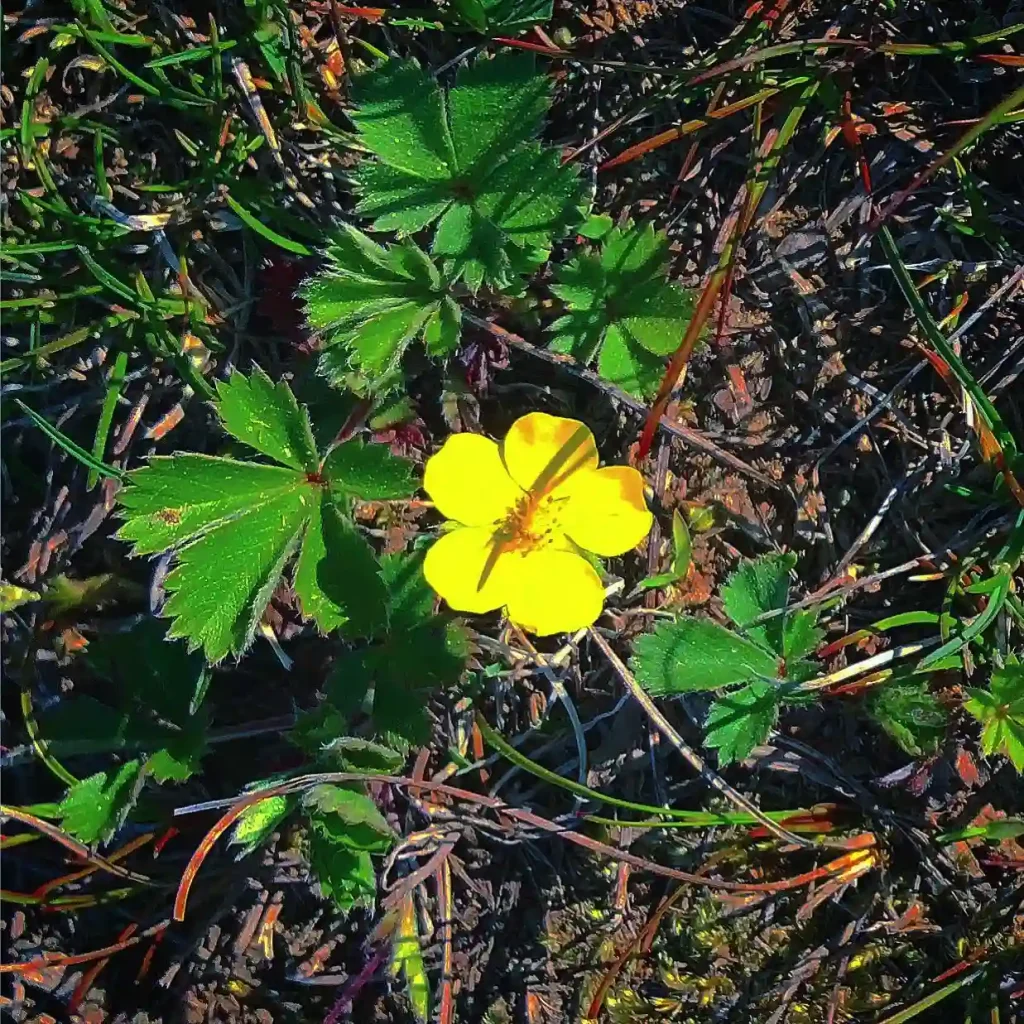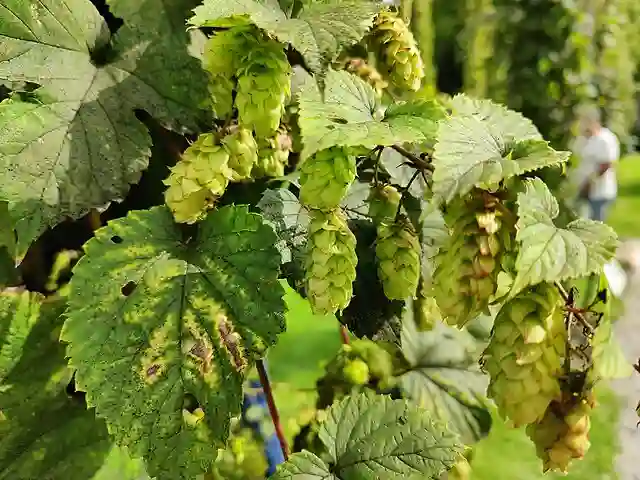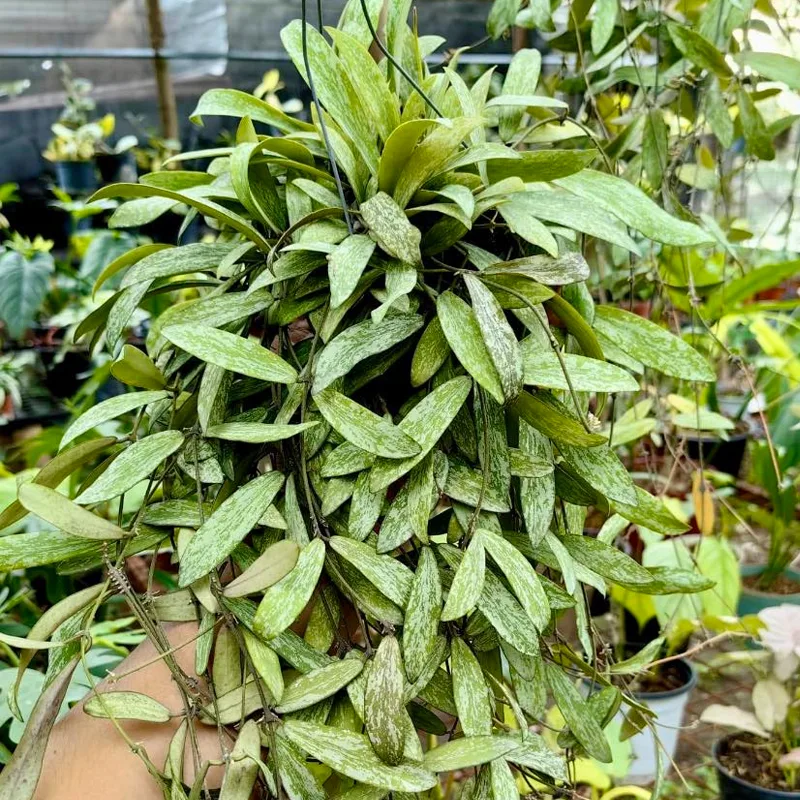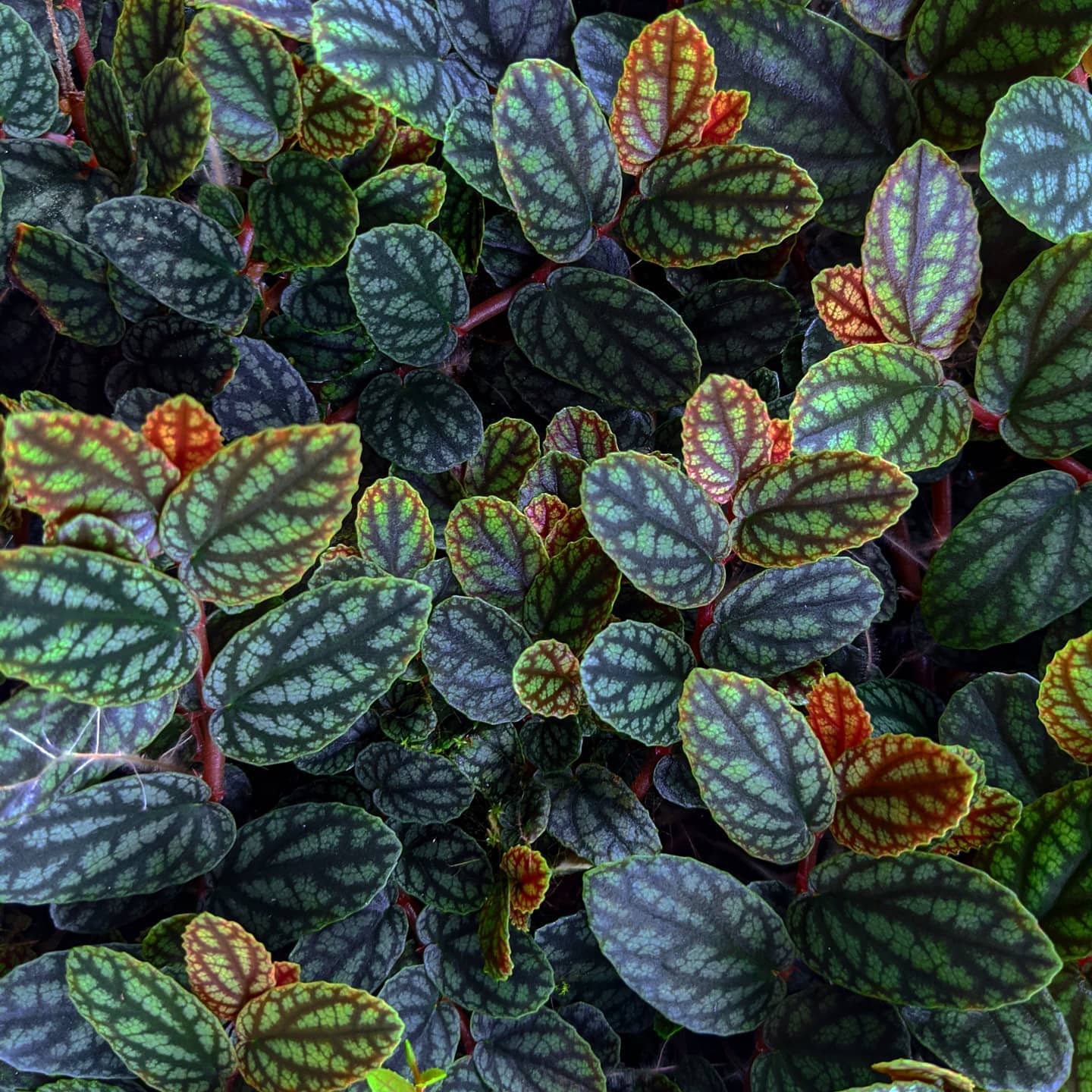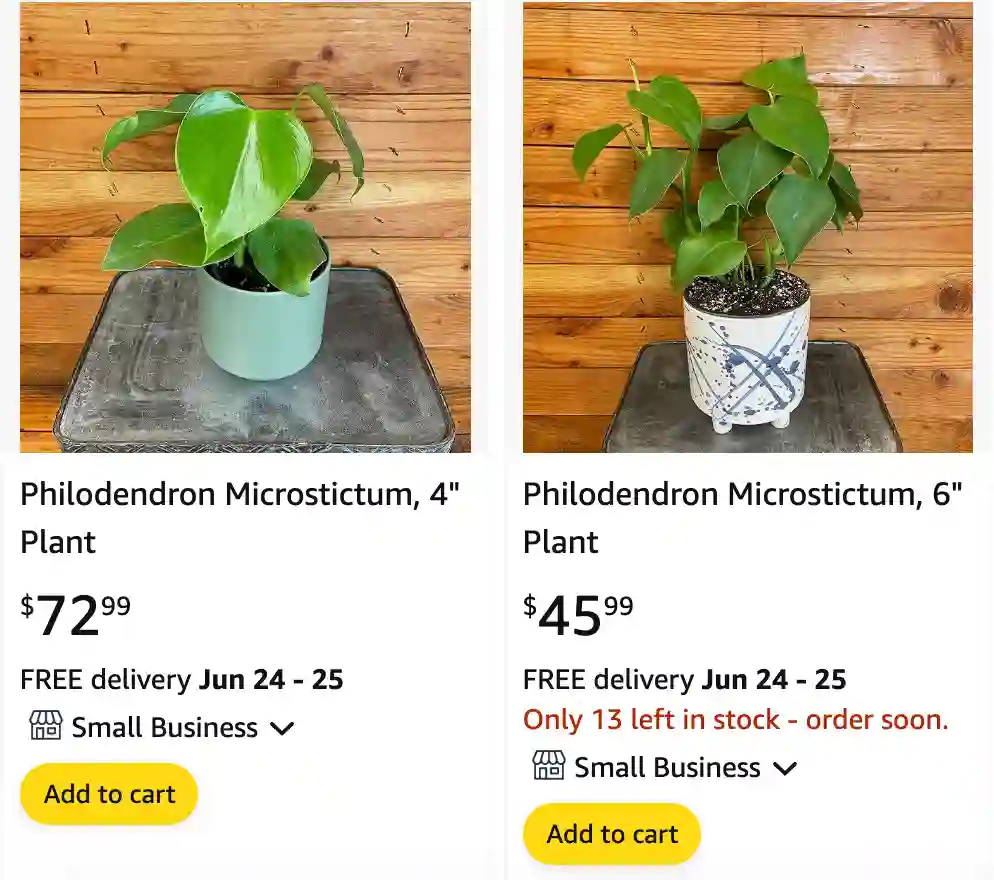
Philodendron Microstictum: Unveiling the Secrets of this Captivating Climber
Hi, Ferb Vu here, and today we’re delving into the world of the Philodendron Microstictum, a captivating climber known for its heart-shaped, glossy leaves. This unique Philodendron is a conversation starter in any room, and with proper care, it will thrive for years to come.
Whether you’re a seasoned plant enthusiast or a curious newcomer, this FAQ will equip you with the knowledge to cultivate a flourishing Philodendron Microstictum.
623 Species in Genus Philodendron
How much light does a Philodendron Microstictum need?
This Philodendron isn’t a fan of harsh direct sunlight. Think dappled light filtering through a rainforest canopy. Opt for bright, indirect light. A spot near an east-facing window is ideal. South-facing windows might be too intense, so consider filtering the light with a sheer curtain.
Will my Philodendron Microstictum survive in low light?
It might tolerate lower light conditions for a while, but leggy growth and smaller leaves are likely. To maintain its vibrancy, relocate it to a brighter spot.
Tip: Rotate your Philodendron Microstictum regularly to ensure even growth.
How often should I water my Philodendron Microstictum?
The key is to avoid overwatering, a common Philodendron demise. Allow the top inch (2.5 cm) of soil to dry completely before watering thoroughly. Excess water can lead to root rot.
Are there any signs to indicate watering needs?
Absolutely! Drooping leaves often signify thirst. Conversely, overly saturated soil can cause the leaves to turn yellow and fall off.
Tip: When watering, drench the soil until water runs out the drainage holes. Discard any water that accumulates in the saucer to prevent root rot.
What kind of soil is best for a Philodendron Microstictum?
A well-draining, airy potting mix is crucial. Opt for a mixture formulated for aroids or indoor plants. You can create your own by combining equal parts perlite, orchid bark, and potting soil.
Does pot size matter?
While a Philodendron Microstictum enjoys climbing, choose a pot that only slightly larger than the root ball. Upsizing too soon can lead to overwatering issues.
Can I propagate a Philodendron Microstictum?
Absolutely! Stem cuttings are a popular method. Take a healthy stem section with at least one node and a leaf. Plant it in a pot with moist, well-draining soil and provide bright, indirect light. Patience is key – new growth might take several weeks.
My Philodendron Microstictum’s leaves are turning yellow. What’s wrong?
Yellowing leaves can indicate several issues. Overwatering is the most common culprit. Check the soil moisture and adjust your watering habits. Additionally, insufficient light can cause yellowing.
My Philodendron Microstictum has brown spots on the leaves. Help!
Brown spots can be caused by bacterial or fungal infections. Isolate the plant and remove affected leaves. Ensure proper air circulation and avoid wetting the foliage when watering.
Tip: Neem oil spray can be a natural remedy for treating minor fungal or bacterial issues.
Philodendron Microstictum vs. Philodendron Brasil: Understanding the Differences
Both Philodendron Microstictum and Philodendron Brasil are stunning vining plants, but they have distinct characteristics.
- Leaves: Philodendron Microstictum boasts glossy, heart-shaped leaves, whereas Philodendron Brasil features heart-shaped leaves with a beautiful variegation of green, yellow, and cream.
- Growth Habit: Philodendron Microstictum is a climber, while Philodendron Brasil can be trained to climb or cascade.
- Light Requirements: Both prefer bright, indirect light, but Philodendron Brasil might tolerate lower light conditions slightly better.
With proper care and attention, your Philodendron Microstictum will reward you with its captivating beauty for years to come. So, embrace the joy of nurturing this unique climber and witness its lush foliage thrive in your home.
If i die, water my plants!
